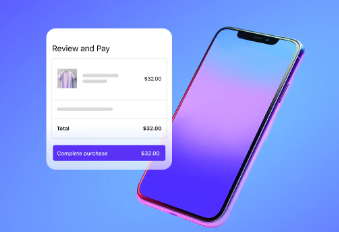Did you know the health app industry is expected to surpass $35 billion by 2030? With an economic projection like that, this is a growing industry projected to become an essential asset to health-related fields. Wearable devices have grown and are one of the major drivers in this sector.
There are several ways to incorporate wearable devices into your app to drive user loyalty, engagement, and retention. Wearable devices offer a lot of options for improving the way your app interacts with users. Your app can take advantage of this with simple design solutions that make it a more seamless experience for your users.
Keep reading to learn more about building a health app with wearable technology and how it might be just right for you.
How Wearable Technology Is Revolutionizing Health Apps
Whether it was fitness-related or from a medical doctor, getting vitals and other essential readings used to mean having to physically travel somewhere. Wearable technology allows for remote patient monitoring and real-time tracking of vitals. Building a health app that incorporates data from one of these devices makes your app more advantageous to health and fitness professionals.
How to Integrate Wearables When Building a Health App
This is the trickiest part of developing a health app. For starters, data needs to flow seamlessly between the app and the wearable device to optimize user engagement. Additionally, real-time communication is essential, especially when it concerns sensitive medical information related to a serious health condition.
Because healthcare concerns sensitive information that is regulated by HIPAA and other laws, you need a builder experienced with these apps. One company with this experience is Builder.ai. They have experience with both tracking and management apps.
Specification with Wearable App Technology
It’s easy for a user to get overwhelmed with too much information coming from a health app. This feeling can be mutual with medical professionals. Fine-tuning your health app to only deliver the big data increases the value.
Another issue with specification is the reliability of the data. This issue has crippled some devices in the past. Inaccurate data leads to false alarms and a quick rejection of your app.
Finally, this data needs to be secure. A hacker who is able to break into your app will have access to significant personal data. This issue has raised many ethical dilemmas in the past.
What to Look for with an App Building Service?
An experienced app builder should customization, timeline estimation, and payment plans. They should have developers who specialize in designing health apps. Builder.ai has been in this sector since it was launched and they have more than 900 employees to handle app building services.
Are You Ready to Build Your Own Health App?
Now that you know about wearable technology and what people expect from a health app, what are you waiting for? While there are expectations and legal requirements, the upsides are significant. That said, building a health app that integrates with a wearable device requires an experienced developer.





